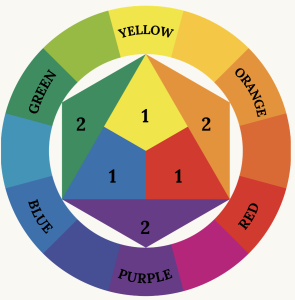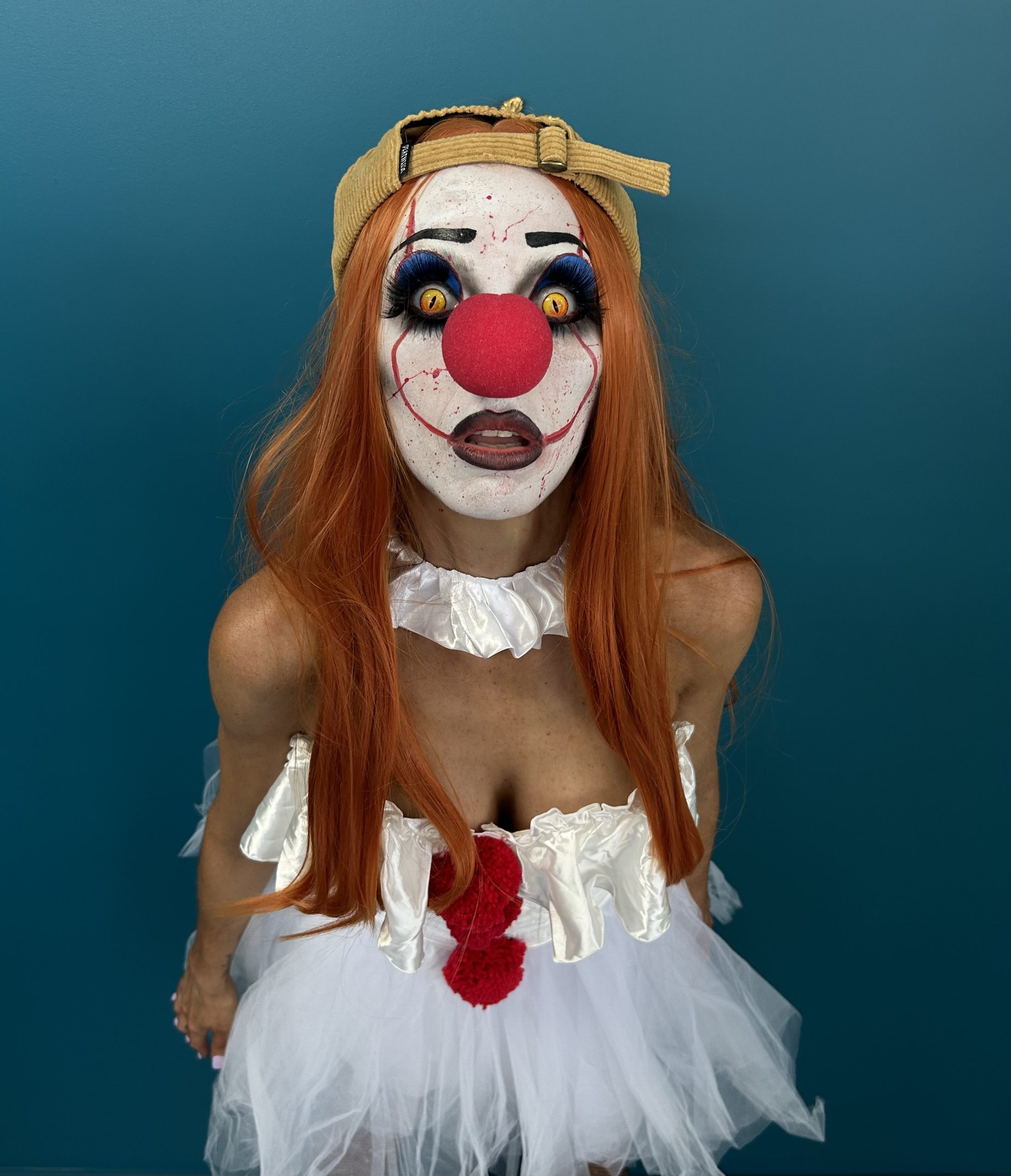For makeup artists, understanding and applying colour theory is essential. Whether you’re creating subtle, everyday looks or bold, editorial styles, knowing how colours interact and influence each other can make or break your work. Colour theory not only helps in achieving balance and harmony but also allows for more creativity, precision, and client satisfaction. In this blog post, we’ll dive into the basics of colour theory and how makeup artists can use it to elevate their artistry.
What is Colour Theory?
Colour theory is a set of guidelines that helps us understand how colours work together. It’s based on the colour wheel—a circular diagram that shows the relationships between primary, secondary, and tertiary colours. The colour wheel is a visual representation of how different hues interact, and it serves as a foundation for creating cohesive and visually appealing designs in makeup, fashion, and art.
a breakdown of the primary elements of the colour wheel
- Primary Colours: Red, blue, and yellow. These are the purest colours and can’t be created by mixing other colours.
- Secondary Colours: Orange, green, and purple. These are created by mixing two primary colours (e.g., red + blue = purple).
- Tertiary Colours: These are created by mixing a primary colour with a neighbouring secondary colour, such as red-orange or blue-green.
By understanding how colours relate to one another, makeup artists can strategically use colour to highlight features, correct imperfections, and create impactful looks.
The Role of Colour in Makeup Artistry
As a makeup artist, your canvas is the human face. Unlike traditional art where the canvas is blank, every face comes with unique undertones, natural colour variations, and textures. Colour theory helps you to work with these natural elements to enhance beauty, rather than work against them. Here are some key aspects of how colour theory applies to makeup artistry:
-
Enhancing Skin Tones
One of the first steps in applying makeup is to understand your client’s skin tone and undertone. Skin undertones typically fall into three categories: warm, cool, and neutral. Warm undertones have yellow, golden, or peachy hues, while cool undertones are characterised by pink, red, or bluish hues. Neutral undertones are a balanced mix of both.Colour theory helps in choosing the right foundation, concealer, and other base products. For example, a person with cool undertones will benefit from foundations with a pink or blue base, while someone with warm undertones will look best in foundations with a yellow or golden base. Using complementary colours that suit the skin’s undertone can bring out the vibrancy of the natural complexion.
-
Colour Correcting
Colour correction is a major component of makeup application. By using the colour wheel, makeup artists can neutralise discolouration in the skin, such as redness, dark circles, or pigmentation. Here’s how to use colour theory for correction:- Green: Neutralises redness from acne or irritation.
- Orange/Peach: Cancels out dark circles, especially on darker skin tones.
- Yellow: Brightens purple or blue areas, such as under-eye circles or veins.
- Purple: Neutralises yellow or sallow skin.
By applying these principles, makeup artists can create a flawless base for further makeup application.
-
Creating Contrast and Drama
Understanding complementary colours—those that are opposite each other on the colour wheel—can help makeup artists create contrast and drama. Complementary colours make each other pop, which can be used strategically in makeup. For example:- For blue eyes, shades of orange or peach eyeshadow will enhance the eye colour.
- For green eyes, purple or burgundy shades make the eyes stand out.
- Brown eyes can work with a variety of shades, but using golden or bronze tones can add warmth and dimension.
These techniques are particularly effective for bold, editorial looks or special events where clients want their features to truly stand out.
The Emotional Influence of Colour
Colour theory isn’t just about aesthetics; it also taps into the emotional response that different colours evoke. For makeup artists, understanding the psychological effects of colour can help in creating the right mood or impression for a client’s look. Here’s how some common colours are often perceived:
- Red: Bold, confident, passionate. A red lip or eyeshadow can create a powerful, statement look.
- Blue: Calm, serene, trustworthy. Light blue eyeshadow can give a dreamy, tranquil appearance, while darker blues can evoke elegance.
- Green: Fresh, natural, balanced. Green shades can bring an earthy, vibrant feel to a makeup look.
- Pink: Soft, feminine, romantic. Pink is often used for a delicate, approachable look, particularly in blushes or lip colours.
- Purple: Mysterious, regal, creative. Deep purple hues are perfect for creating dramatic, luxurious looks.
Knowing how to evoke certain emotions through colour can help makeup artists cater to specific client requests, whether they want to appear bold, professional, or natural.
Achieving Balance and Harmony
When working with colour in makeup, balance and harmony are key. Too many contrasting colours can overwhelm a look, while too little variation may result in a flat, uninspired appearance. Here are a few techniques makeup artists use to achieve balance:
- Monochromatic Looks: Using different shades of the same colour for a subtle, sophisticated style.
- Analogous Colours: Choosing colours that sit next to each other on the colour wheel, such as purple and blue, to create harmonious, blended looks.
- Bold Accents: If you want to use a bold, contrasting colour, keep the rest of the makeup more neutral to avoid overwhelming the face.
Conclusion: Harnessing the Power of Colour
Colour theory is a powerful tool that every makeup artist should master. By understanding how colours work together and how they can enhance or balance the natural features of the face, you can elevate your artistry and deliver more personalised, impactful results for your clients. Whether you’re correcting, contouring, or creating bold editorial looks, the strategic use of colour is what transforms good makeup into a work of art.

